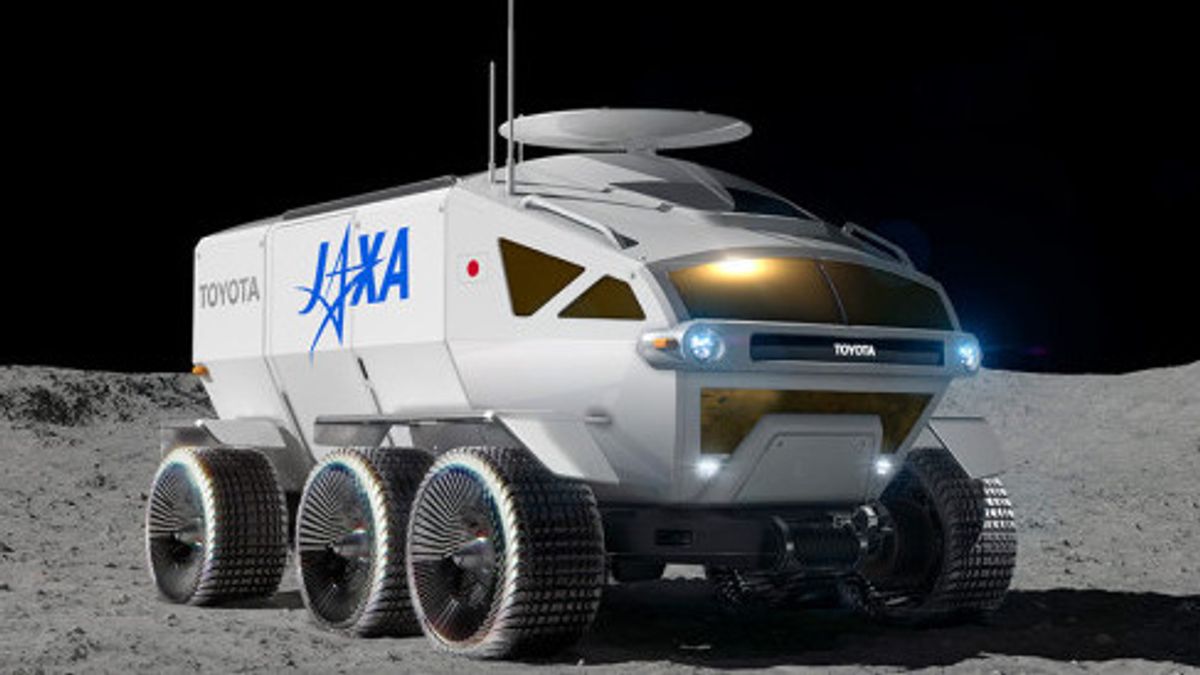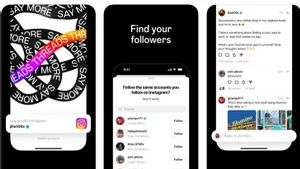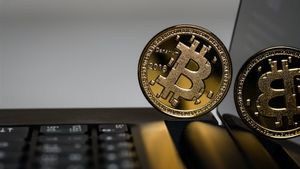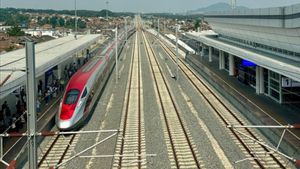Toyota Motor plans to use regenerative fuel cell technology to power crewed lunar rovers. This was revealed by executives on Friday, July 21, which raises the possibility of using lunar water ice as a source of energy in the future.
Japan has stepped up their space ambitions under the leadership of Prime Minister Fumio Kishida. The country participated in NASA's Artemis program and plans to fly an astronaut on a lunar space station called Gateway in the second half of the 2020s.
Toyota has been working with Japan's Space Agency since 2019 to develop a manned lunar rover - which they call the Lunar Cruiser - which they hope can be placed on the moon by 2029.
"To carry out long-term and stable research on the lunar surface, we aim to get a variety of items on site over a long period," said Ken Yamashita, head of the lunar exploration project at Toyota.
NASA hopes Japan can provide lunar rovers with a launch target by 2029 as a contribution to the Artemis program, Japan's Space Explorer Agency said in presentation material last Friday.
Fuel cell powered vehicles use electric motors such as electric cars but gain power from piles of fuel where hydrogen is separated by catalysts to generate electricity.
另请阅读:
Toyota says its technology will utilize solar and water energy to produce hydrogen and oxygen through electrolysis during the day, and fuel cells to supply electricity during the night.
The moon's Eve lasts about 14 days on earth, so with the help of this technology, lunar rover cars will be able to operate for days even when it's dark and very cold.
The world's largest automaker hopes to secure orders for the manned lunar rover by fall next year. The car is expected to be able to carry two astronauts for 42 days a year and operate for 10 years, the company said.
"Our idea is to continue using lunar rovers for more than 10 years if there is a company or arrangement that can provide the water needed for it," Yamashita said. He added that clean water should initially be sent into space with the car.
Toyota does not expect to produce water that can be used for fuel cells from lunar ice water or capable of mining it for itself. According to Yamashita, it will likely depend on other companies or future developments for the technology.
The English, Chinese, Japanese, Arabic, and French versions are automatically generated by the AI. So there may still be inaccuracies in translating, please always see Indonesian as our main language. (system supported by DigitalSiber.id)


















